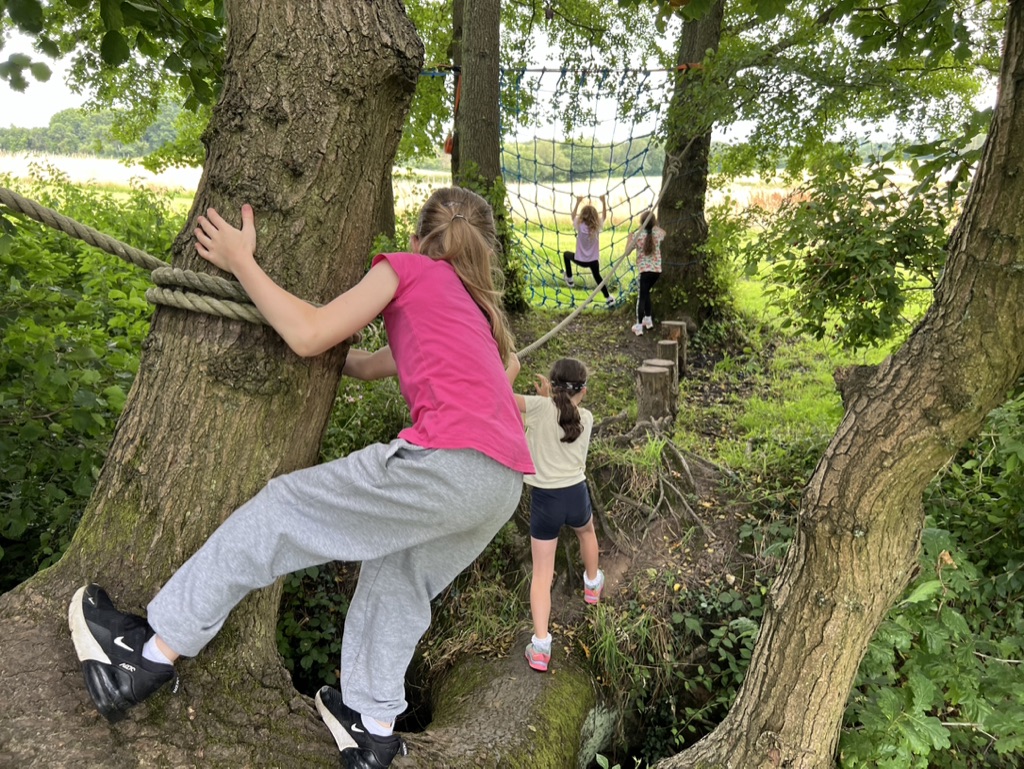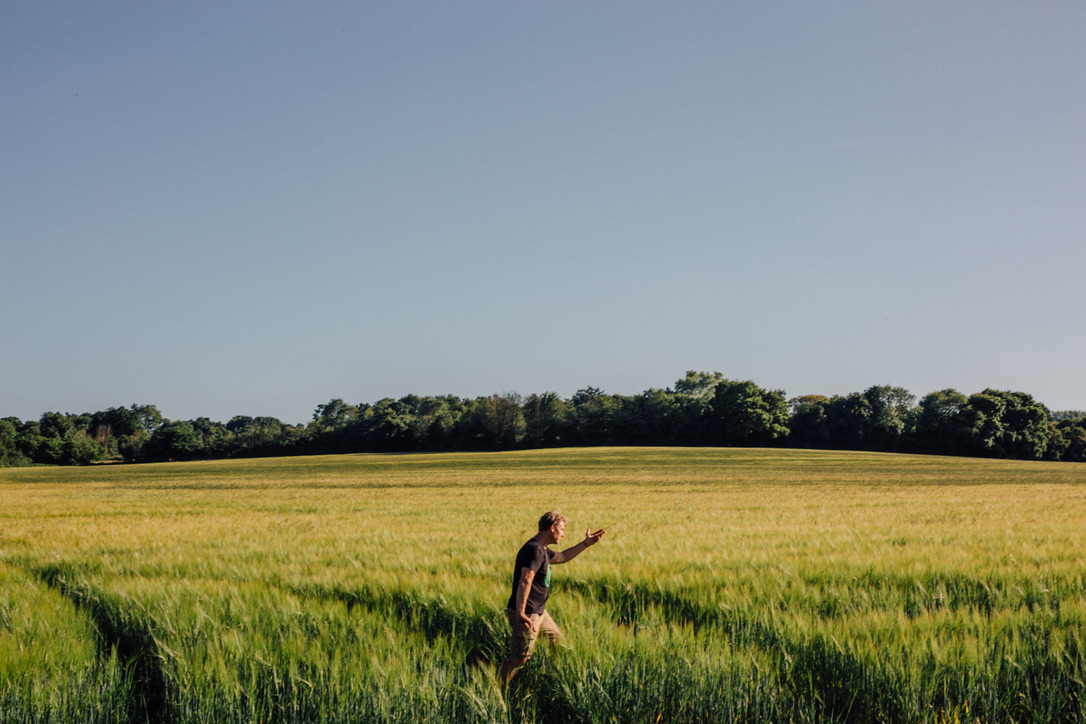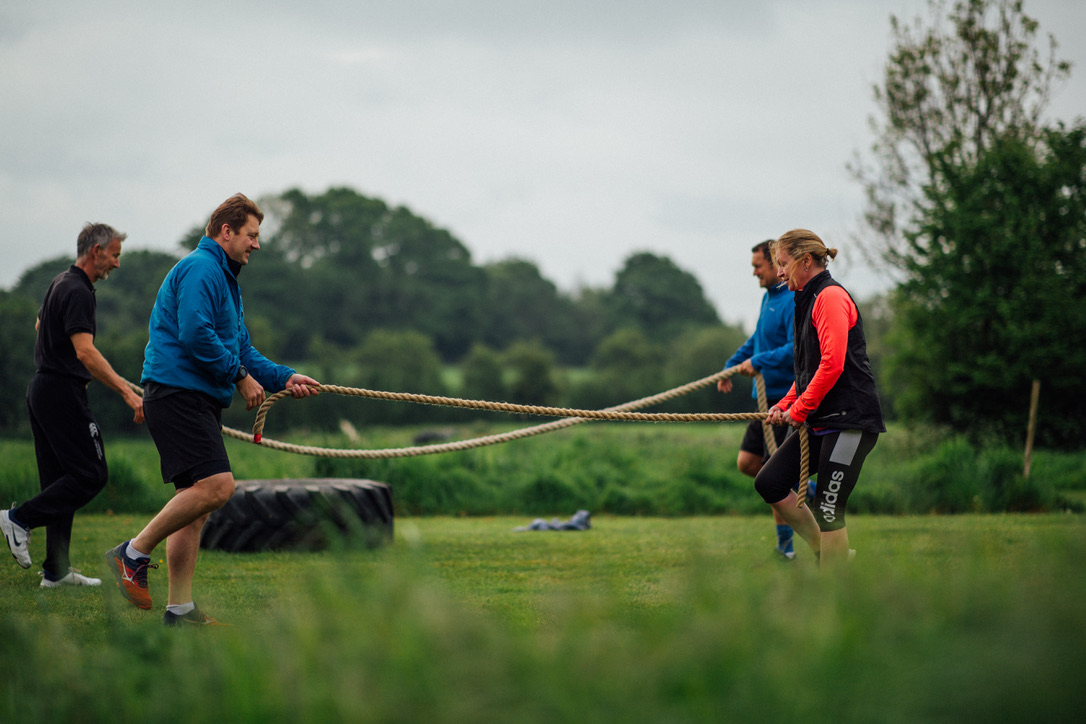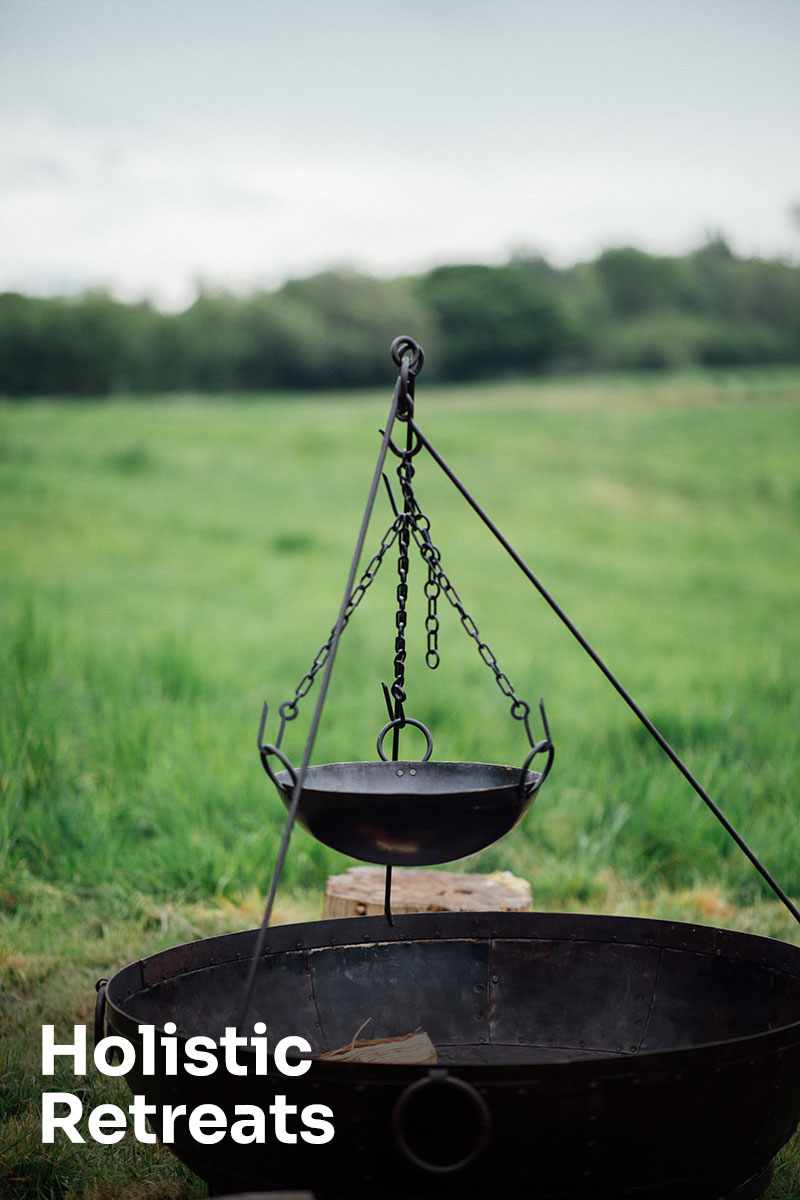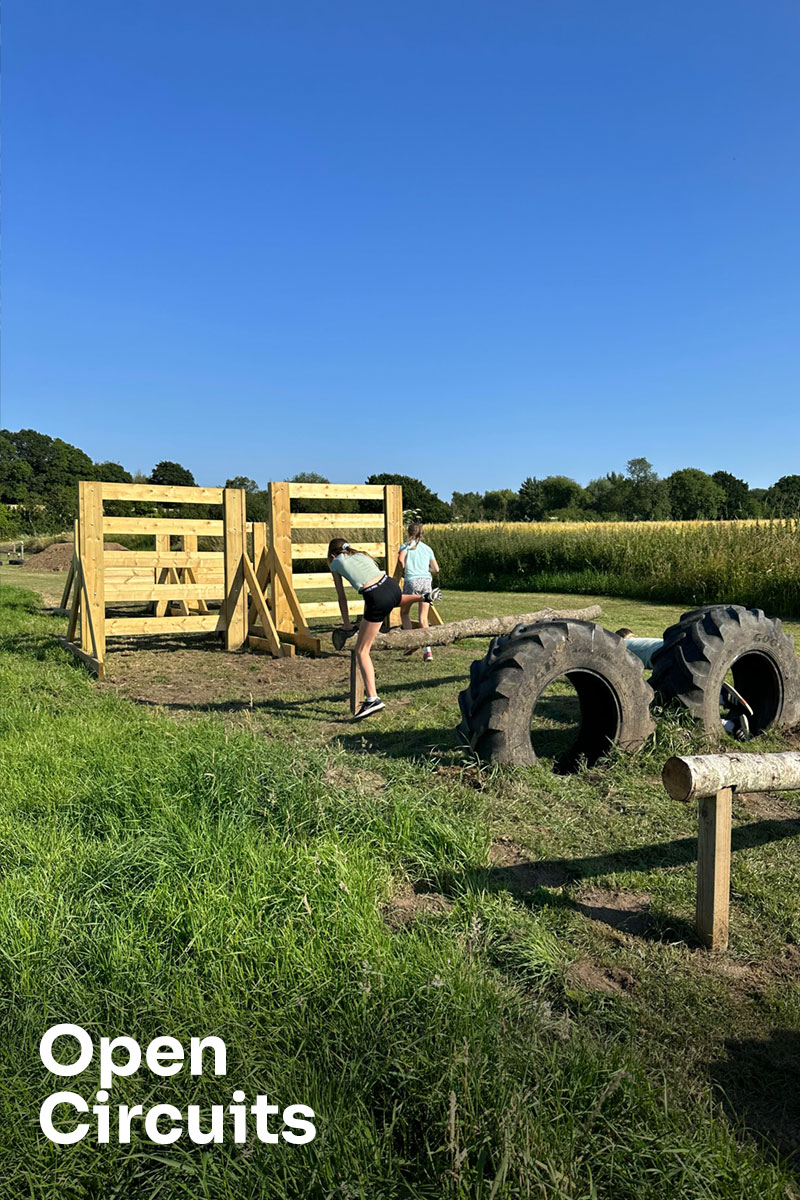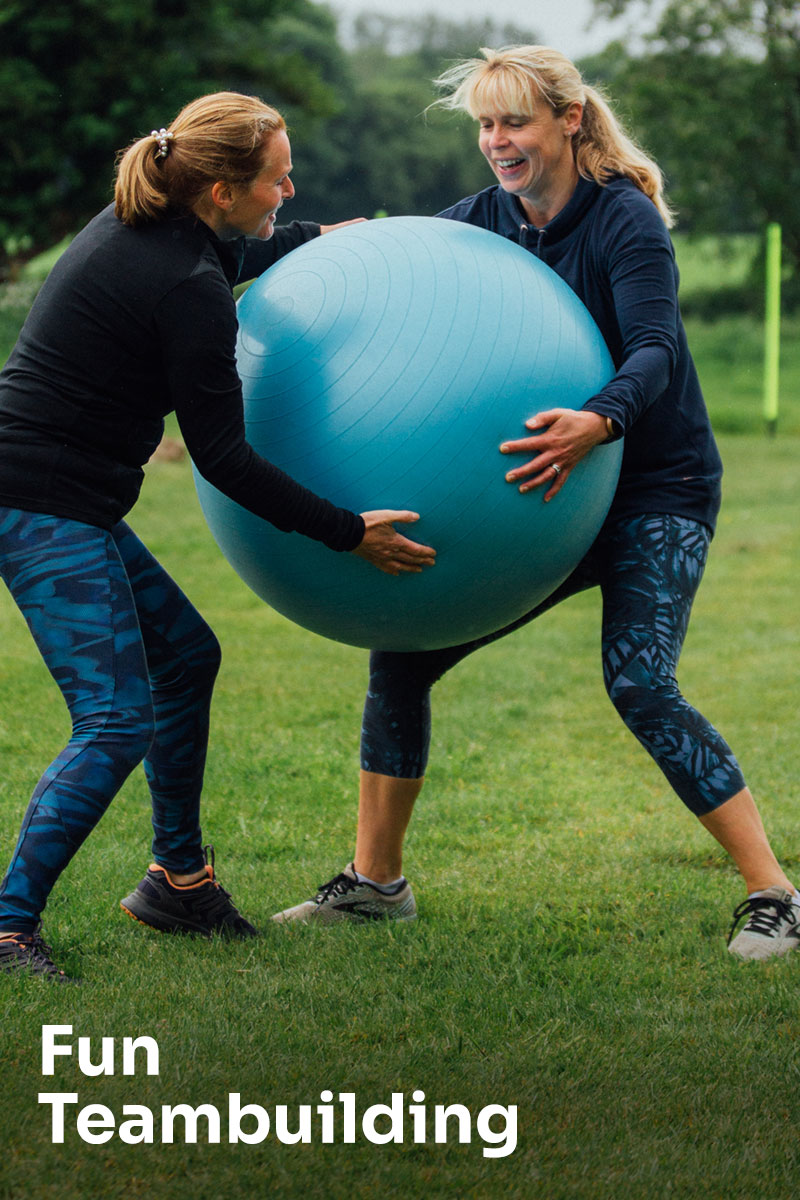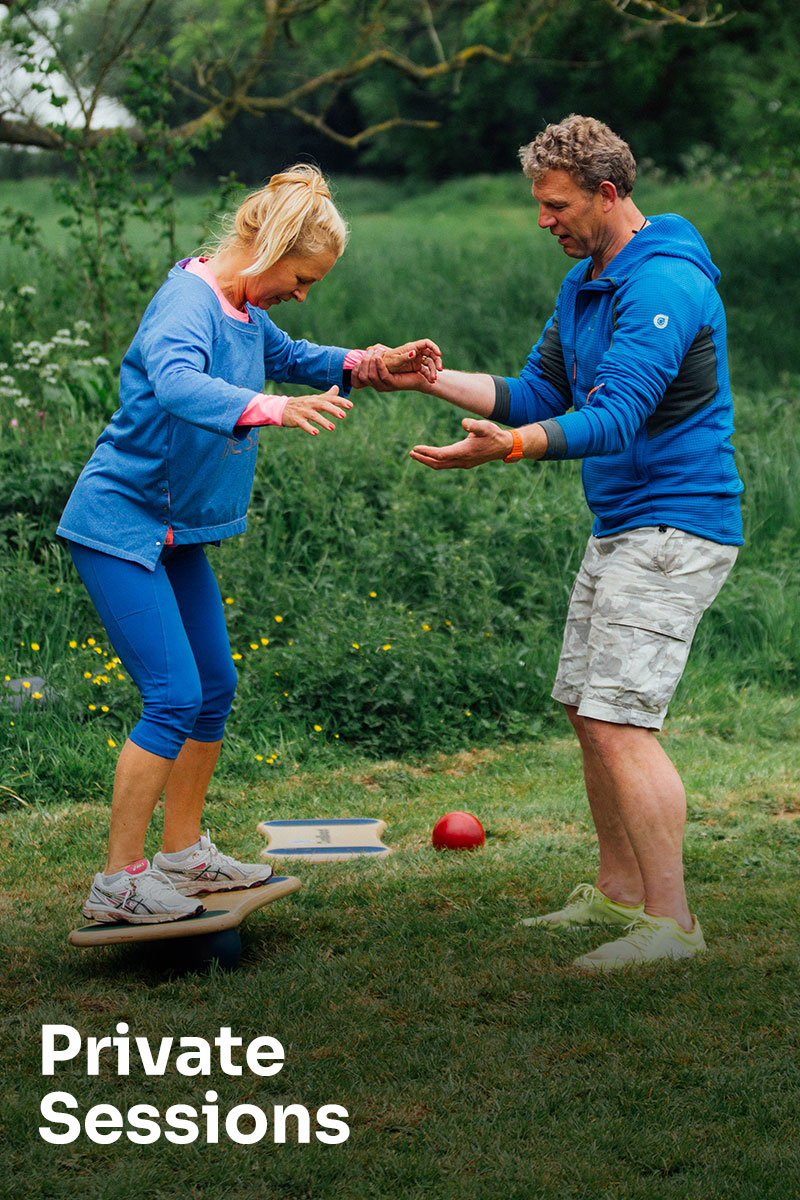Female Performance Training

As well as the obvious sports performance benefits, high performance training improves posture, confidence, body image, pelvic floor, bone density, optimises weight and is fun. However, less than 3% of all exercise research science is based on females.
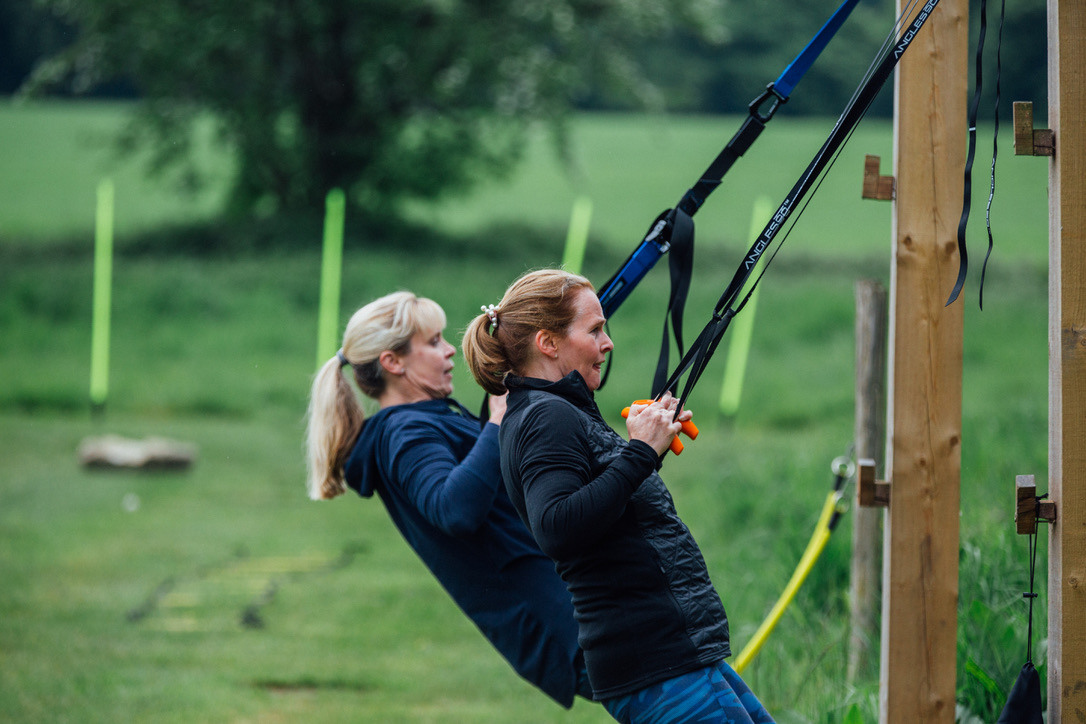
As well as the obvious sports performance benefits, high performance training improves posture, confidence, body image, pelvic floor, bone density, optimises weight and is fun. However, less than 3% of all exercise research science is based on females, meaning most of the high performance training protocols having been developed for men.
Considerations:
- Female heads are on average same weight as a man’s but with 8% less bodyweight (plus potentially more hair). For every inch the head moves forward there is three times the load on the neck extensors.
- Female muscles are generally smaller but have better endurance (fatigue resistance & faster recovery)
- Females have smaller, wider hips and increased pelvic tilt leading to thigh bone turning inward
- Females have a higher incidence of joint laxity (flexibility)
- Females have a menstrual cycle!
Female athletes report:
- 74% reported their menstrual cycle negatively affected their performance
- 75% had never discussed their menstrual cycle with their coach
- 72% received no education regarding exercise and their menstrual cycle
The lack of discussion in the wider domain and the lingering sense of taboo and embarrassment around what is a natural process is often driven by the fact that there is very little education available on how the menstrual cycle relates to exercise and well-being.
Train in-sync with menstrual cycle hormones:
Phase 1 (cycle days c.1-5)
- oestrogen, progesterone & testosterone down
- strength training but keep training intensity low with more recovery days
- avoid skill and agility
- focus on regenerative movement such as Tai Chi or Ollie’s Everyday Health Sequence
Phase 2 (cycle days c.6-13)
- oestrogen rising, testosterone elevates, progesterone is low
- moderate to high intensity training but be careful not to overdo (because of an increased response to stress)
- add in speed and agility in the second half of this phase
Phase 3 (cycle days c.14-20)
- oestrogen & testosterone both at peak levels
- high intensity strength and power training
- go wild!
Phase 4 (cycle days c.21-28)
- progesterone up before a sharp drop, oestrogen & testosterone down
- intensity moderate and then low, higher volume conditioning/bodyweight exercises
- core activation can be comprised
Nutrition & RED-S
RED-S = Relative Energy Deficiency in Sport and is common among female athletes. People forget that training is just the stimulus for recovery and super-compensation and it is food that is the energy for this recovery.
Females need to eat enough protein for essential neurotransmitters and hormones. There is a strong correlation between lack of protein and over-training symptoms. Dietary fat is also essential for growth, repair and hormone balancing. Everyone should eat ‘real food’ rather than processed/packaged food and personalise their diet to their unique needs.
Less than 13% body fat is not healthy.
Dieting is not recommended as each diet increases the number and size of fat storing cells (lipogenic) and decreases the number of fat burning cells (lipolytic). So each diet makes it harder to restore normal basal metabolic rate (starvation insurance). Females are designed to store more energy as body fat than males.
Amenorrhea
A regular menstrual cycle is a sign of good health, vital for high performance. Its regularity, quality and presence is often considered as one of the primary body functions along with heart rate, respiratory rate and temperature and is an outward sign that the body is working optimally. Amenorrhea is not good for bone health, injury risk, hormones, psychological health. If periods stop it is a sign of something is not right. The main cause is stress. If a female has have never had a period before the age of 16 or if they have recently missed three or more periods in a row, they should talk to a doctor.
Aerobic exercise
Too much aerobic exercise ‘drains’ the the body rather than ‘trains’ it. If a female is looking to reduce body fat aerobic exercise is an inefficient way of doing so, as the body adapts quickly to the stress, creating a law of diminishing returns. This is especially key in the menopausal woman if the goal is to shift abdominal fat. Strength, power and bodyweight training are more efficient ways of reducing body fat.
Careful with eccentric loading (plyometrics/jumping)
Eccentric loading is focusing on the return phase (lengthening) of the muscle which results in greater strength gains or the recoil phase in plyometrics (jump training). Females will reach eccentric fatigue sooner than males of the same level of conditioning. A five day recovery is recommend rather than four for men.
Pelvic floor
One in three women will have pelvic floor issues at some stage in their lifetime and may include symptoms of pelvic organ prolapse, urinary stress and urge incontinence, difficulty in controlling wind or faeces, bladder urgency or pelvic pain. Pregnancy and childbirth are considered to be particular risk factors for pelvic floor dysfunction however are not the only causes, in fact far from it and the following can also be causative, regardless if you’ve had children or not:
- Menopause
- Constipation and straining
- Chronic cough
- Being overweight
- Poor posture
- Heavy lifting
Other considerations that may affect how your pelvic floor functions are conditions such as endometriosis, interstitial cystitis or painful bladder syndrome and post gynaecological surgeries.
Some sources of pelvic floor dysfunction in high performance training are:
- Poor posture (habit and training)
- Poor pelvic floor activation/technique or abdominal control (no TVA activation)
- Over activity of upper abdominal muscles in relation to the lower core
- Poor breathing patterns or breath holding during exercise
- Lack of thoracic (mid back) rotation and extension
- Stabiliser weakness (multifidus, TVA, internal oblique, hip rotators, adductors)
- Overuse of machine exercises
- Poor cueing (muscle sequencing / activation)
- Sacroiliac/coccyx/pelvic girdle or lumbar spine pain and dysfunction
- Weight belts
Sports bras and sportswear
A personally fitted bra comfortable bra that offers support rather than compression is recommended. If a bra is too tight it will effect the athletes respiratory pattern. If the bra leaves a mark on the skin when taken off, it is too tight. Supportive underwear or sportswear is also gaining in its popularity and is worth considering for those returning to high impact exercise post-natally or those suffering from pelvic floor dysfunction or urinary/faecal incontinence, especially if used alongside specific pelvic floor physiotherapy.
High heeled shoes
Wearing high healed shoes changes the angle of the body which requires some compensation for the body to function. But, these compensations come at a cost including hyperextension of the knees (induces increased anterior pelvic tilt), shortened calf muscles and kyphosis (rounded shoulders).

Schools Team-building
Why Offsite Outdoor Team-Building Activities Are Great for School Children In today’s fast-paced, tech-heavy world, giving children the chance to step outside the classroom and into nature isn't just refreshing — it’s essential. Offsite, outdoor team-building activities offer school children more than just a break from routine; [...]
Wellness at WildFit
Wellness at WildFit As well as our obstacle course team building sessions we offer the following 45-60 minute wellness sessions Breathwork & mindfulness session breathwork, grounding, nature bathing & Tai Chi takeaway programme Everyday Health Sequence (EHS) workshop [...]
Fitness & Performance sessions
Fitness & performance sessions As well as our obstacle course team building sessions we offer the following fitness & performance sessions Obstacle course racing (OCR) training & conditioning training, obstacle technique analysis and cross-training also ideal for Modern [...]
WILDFIT FOR EVERYONE
WildFit Surrey offers team building, wellness, fitness events, private hire for groups and individuals.

Immerse yourself in nature as you run, climb, scramble and swing around our obstacle adventure. WildFit Surrey boosts fitness and provides a raft of wellbeing benefits. So come and de-stress while testing your physical ability among the trees!

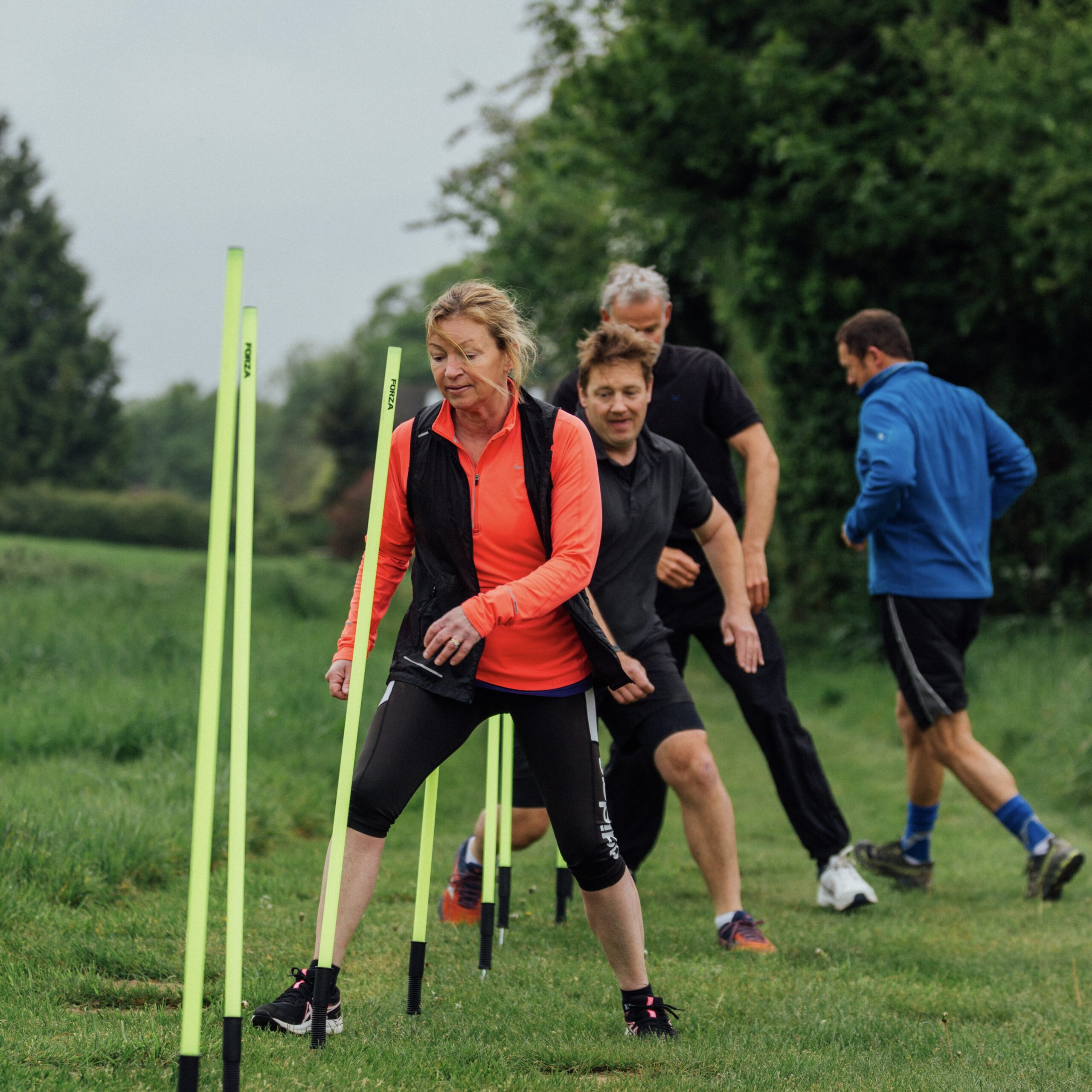
Enjoy a sense of freedom that you can’t get from pounding a treadmill in a gym. Come and try our Outdoor Circuits and we guarantee you’ll have a good time.
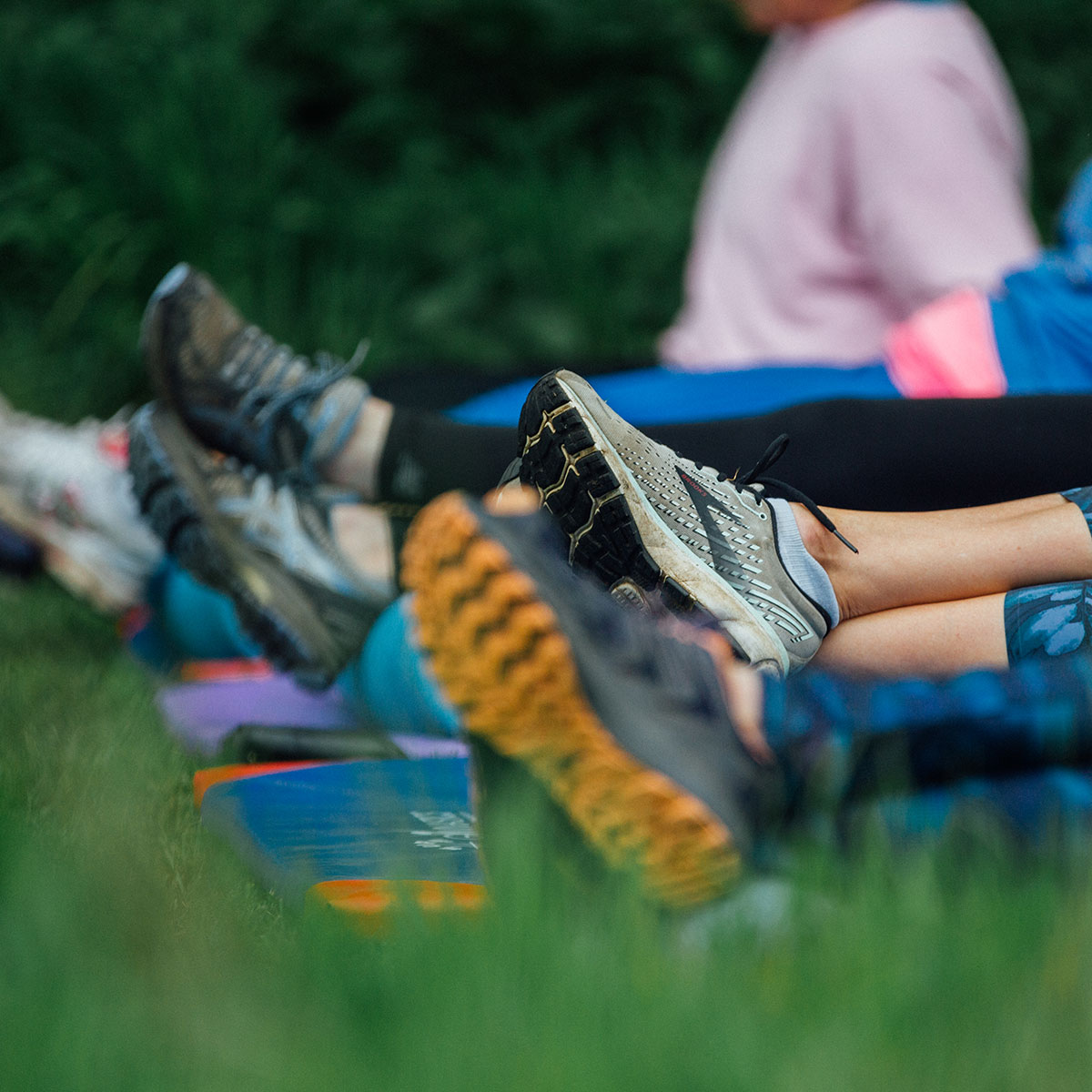
“Training with Ollie will be nothing like you’ve ever done before and I can guarantee you’ll wish you had found it years ago!”
57-year-old sports therapist Alex
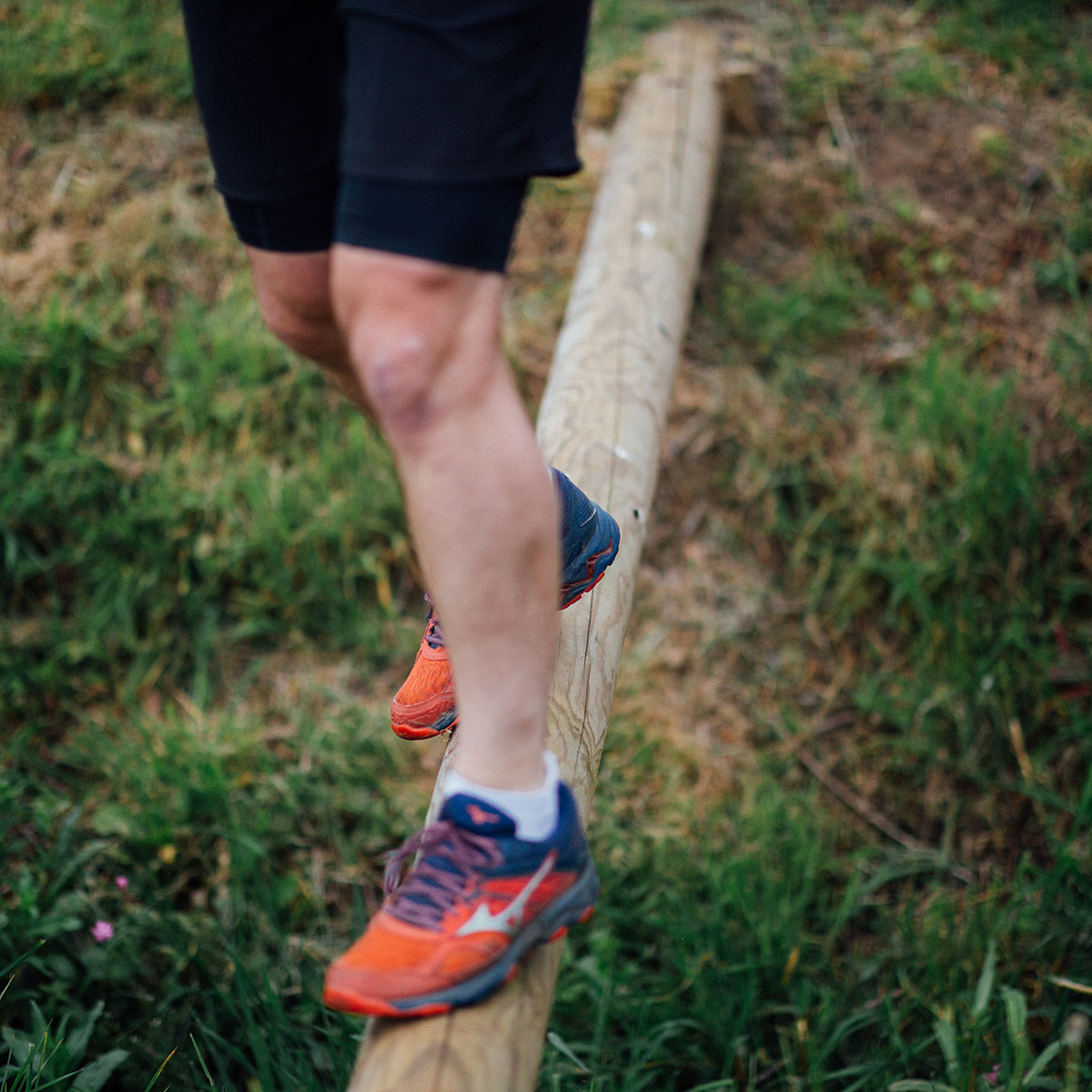
“I came here with my friends. We wanted to get fit and have a good time while doing it. Although it really challenged us, we laughed the whole way round. By the end we were both exhilarated and exhausted.”
Richard
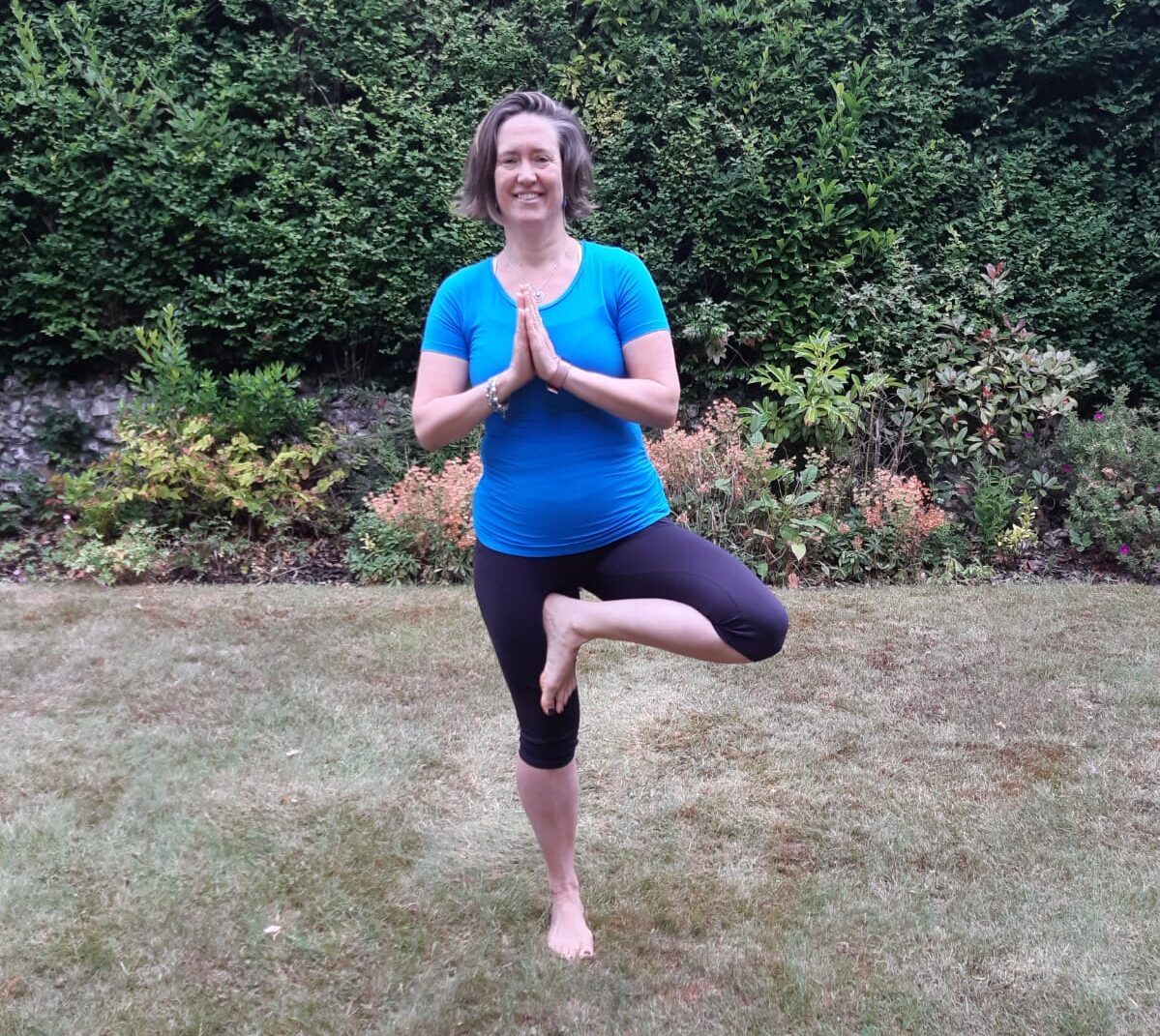
Yoga and Nutritional Day Retreat –
Whether you are new to yoga or experienced this will be an invigorating day of practice and information with lots to take away.


